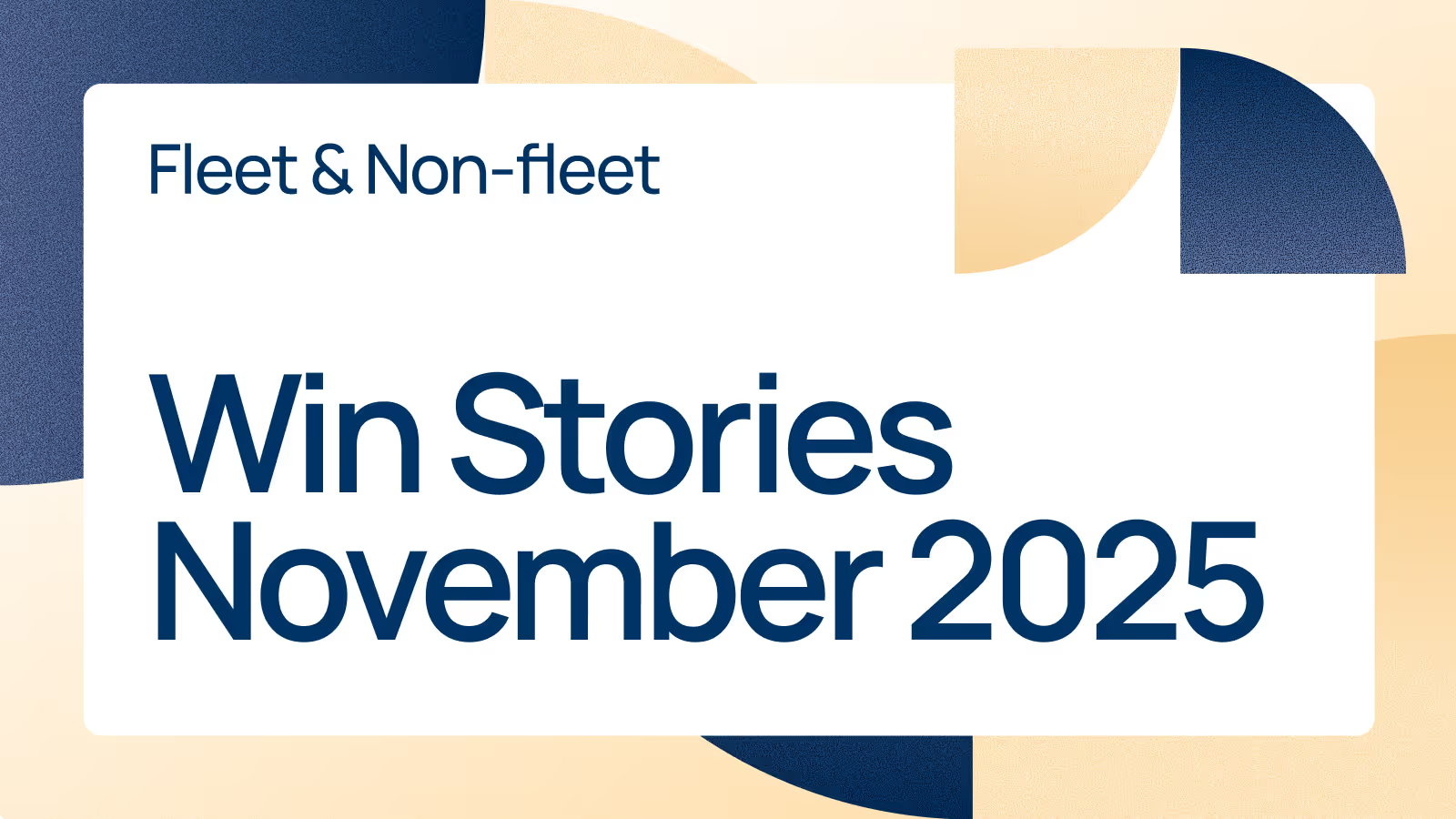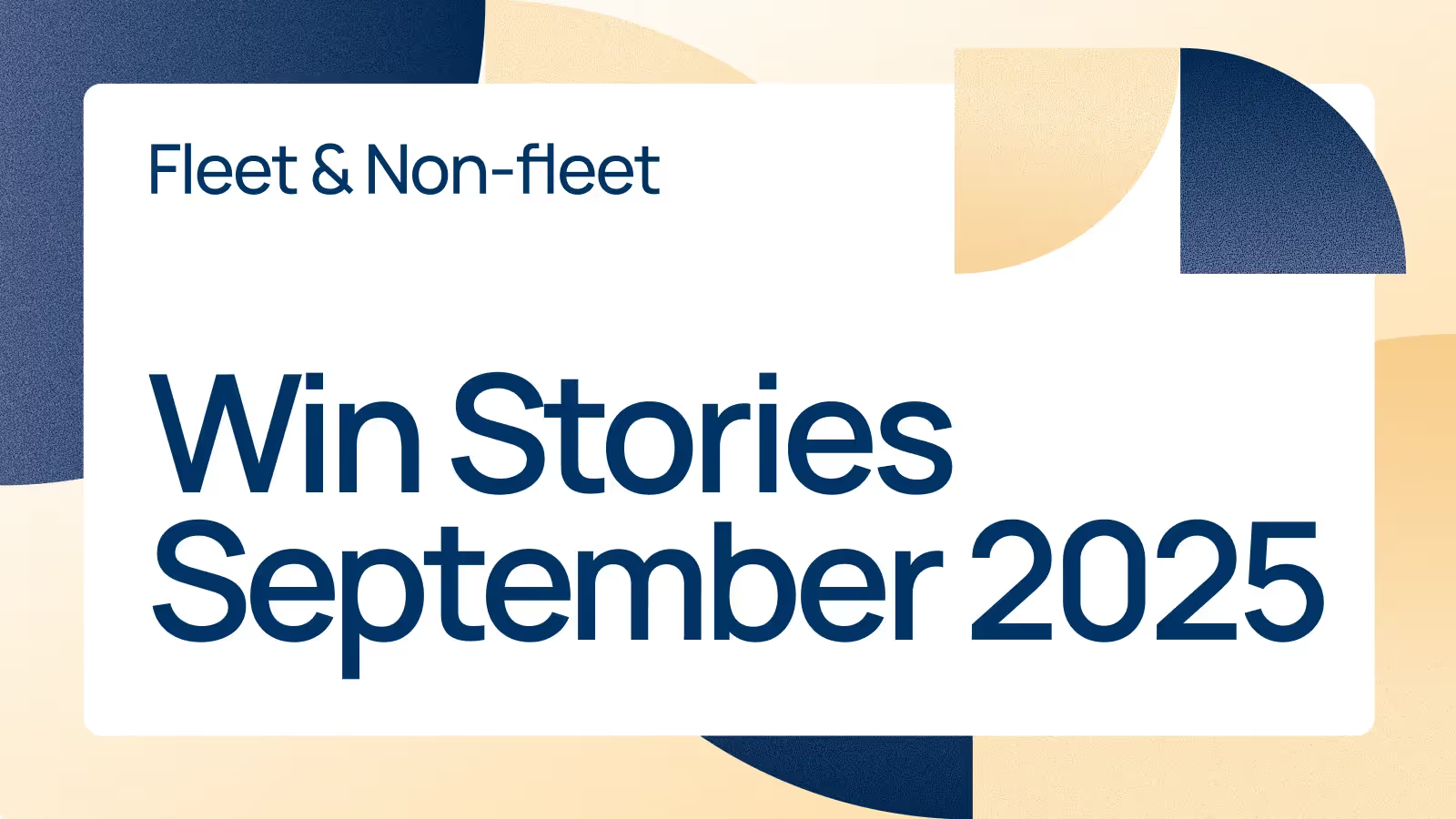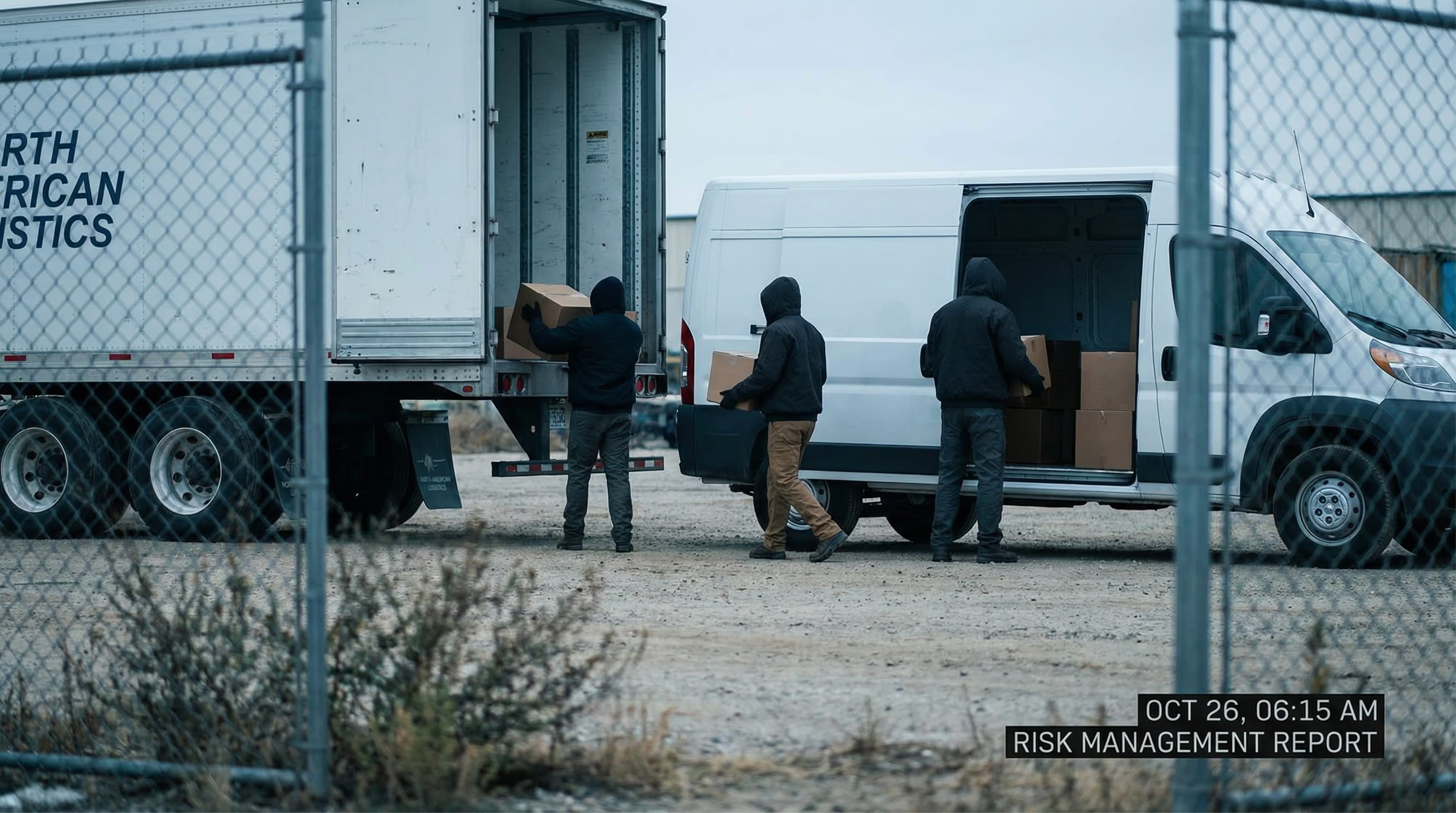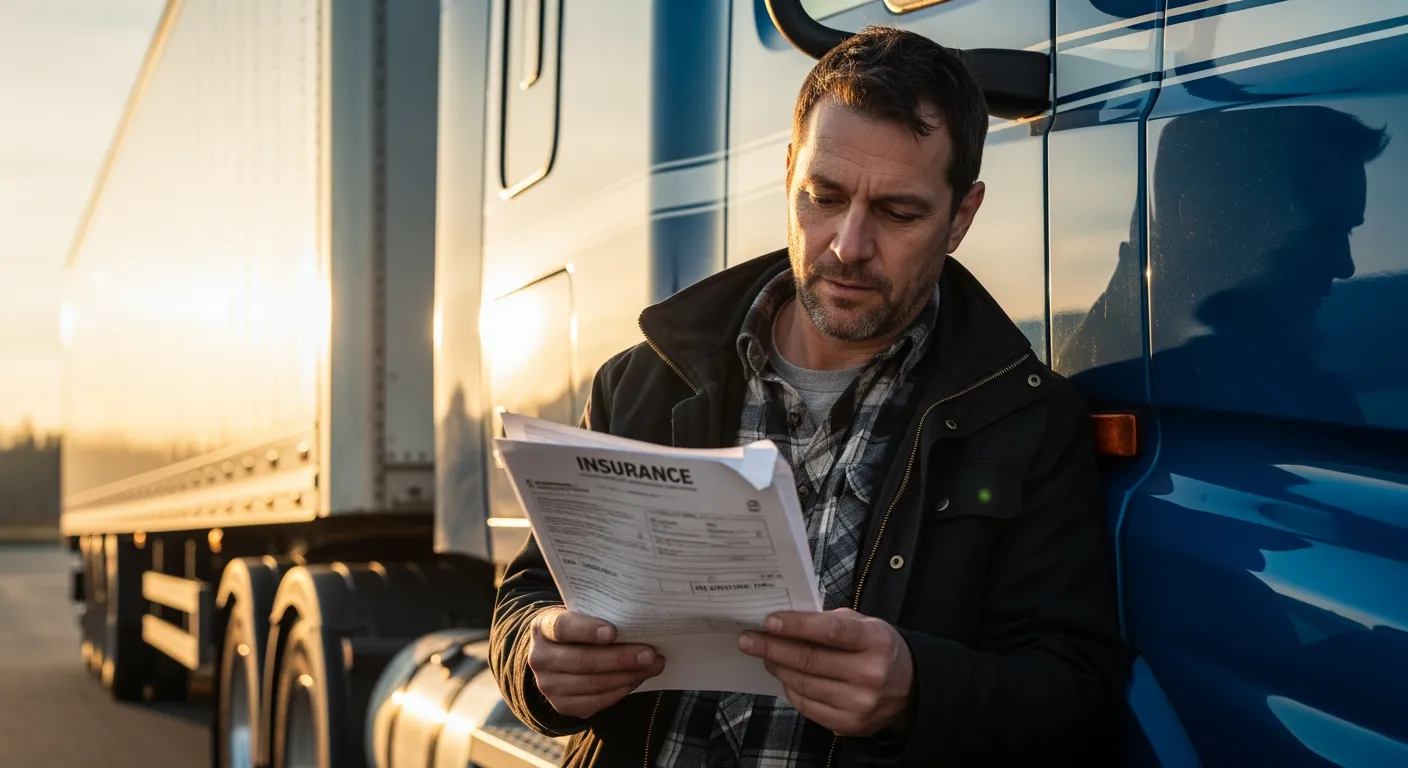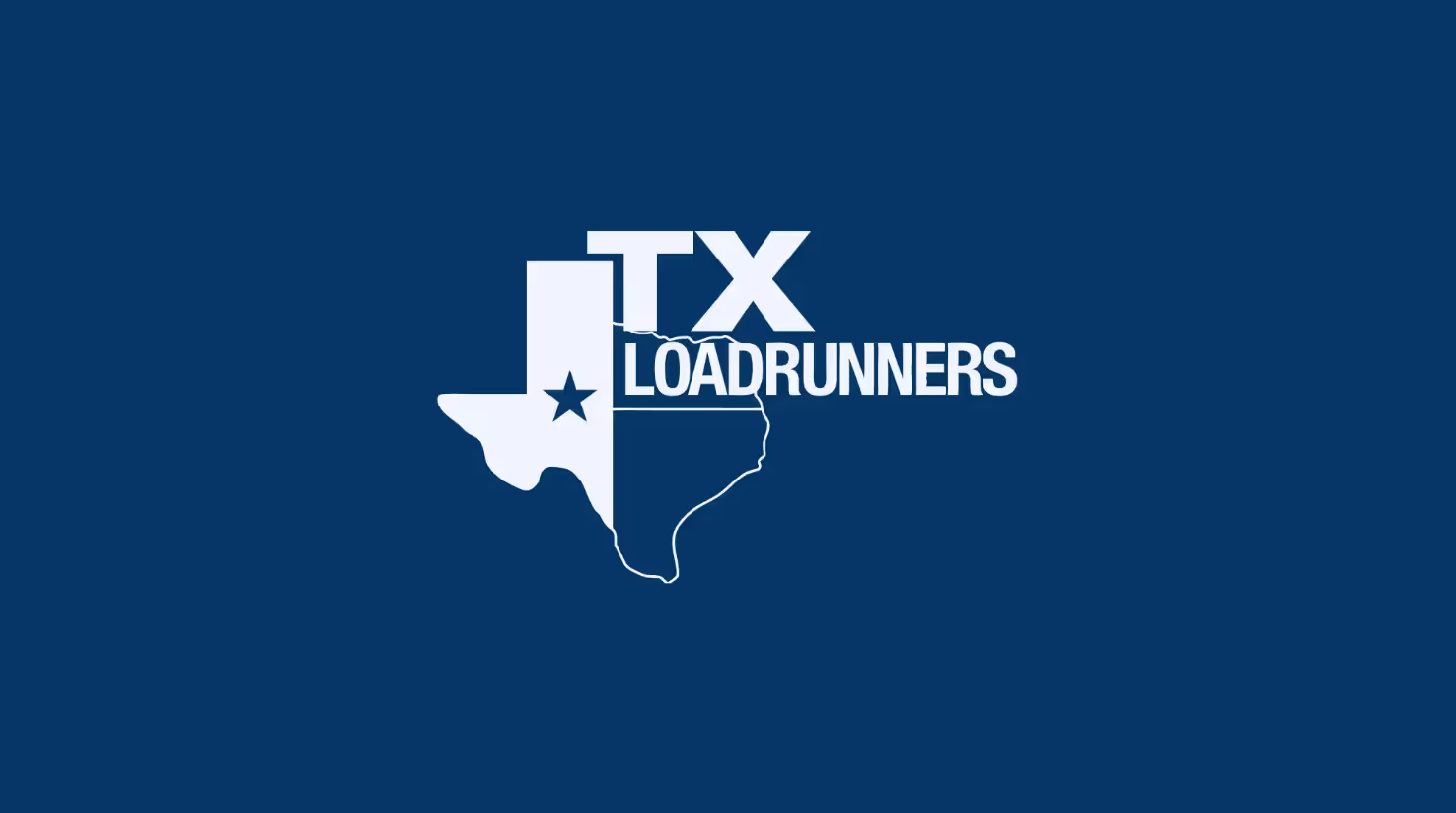Telematics data builds a more accurate story of fleet risk. It can help you advise them on safety recommendations, and choose the right coverage for their business.
Historically, underwriters determined a fleet’s risk using their Federal Motor Carrier Safety Administration (FMCSA) score. Underwriters typically only have access to data from roadside inspections and investigations and are expected to use this as a window into the carrier’s safety performance and compliance.
But there are costly limits to relying on just FMCSA scores to assess risk. Since they’re often weighed heavily on a single moment in time, the scores don’t accurately reflect the safety record of the entire fleet over time.
As a result, insurance premiums are often judged solely on a few moments; like a large loss, driver violation, or an unfavorable FMCSA score. Using telematics data, underwriters can get a much richer view into a fleet’s performance over time, which leads to more accurate pricing that reflects the true exposures.
Here’s the thing: Since 2017 the federal government has required trucks to install telematics devices called ELDs (Electronic Logging Devices), which include sensors to track everything from speed to hard braking. That key information has so far been largely ignored by the big legacy fleet insurers, who tend to increase rates across the board rather than reward the safer fleets.

The story telematics gives your underwriter
Information such as vehicle patterns, route congestion, and driving behavior are invaluable when pricing insurance coverage. As opposed to the traditional use of infrequent points of data like inspections, telematics provides new insights into how fleets are performing every day.
Using telematics to price insurance coverage gives underwriters new avenues to build a more accurate picture of fleet risk. Data points like GPS and camera data provide comparative insights into how a firm stacks up against its peers and more.
Here are four pieces of data that only telematics can give your underwriter. With real, in-cab data like this, your premiums can improve.
- GPS data. GPS technology enables live visibility into vehicle location, speed, and movement within points of interest in a more granular way than ever available in the past. Information about vehicle activity in areas of congestion, intersections, and neighborhoods with telematics can better assess day-to-day fleet risk and ensure drivers routinely take the safest routes to prevent accidents, increase efficiency, and prevent loss.A GPS reveals if a driver is traveling the same routes and therefore, they behave better over time, or do they go to different roads every time they drive? Route familiarity and driving through residential neighborhoods vs. highway miles paints a different picture of risk for each driver and therefore, fleet. You’ll never find these on a BASIC score.
- Driving data. Capturing driving data, including aggressive acceleration, harsh braking, and erratic cornering is equally as important as slowing down often, never texting while driving and an accident-free driver record are invaluable to understanding the overall picture of a fleet’s risk. Sensors can also be used to reveal any in-vehicle activity such as a door opening, tail lift raising, and trailer temperature.
- Camera data. Before telematics, simple dashcams offered copious but hard-to-manage data that was challenging to sort through because videos had to be pulled manually. Now, with telematics and advances in camera technology, access to video footage in real-time offers a more complete picture when it comes to evaluating accidents, near-misses, and overall driver safety. Even data that can measure distracted driving and sleepiness are available through these new camera technologies.When claims do happen, telematics cameras serve as an eyewitness to adjudicate claims. Some of the info it provides underwriters includes road conditions, information on if someone cut off the driver first, the truck’s speed and how long the driver had been driving that day already.
- When we can come to the table with the real data on behalf of the insured, that’s a major win for all. If we’re not at fault, we have evidence to support that. If we’re liable, we can also take responsibility for that quickly and avoid poorly resolved scenarios.
- Comparison to peer fleet data. Telematics analyses provide underwriters with accurate and up-to-date access to information about how their clients stack up to similar fleet carriers in a given area. Contrasting different fleet operations, how they run their routes, and how their safety scores compare to their peers allows underwriters and brokers to truly understand a fleet’s risk with an accuracy they couldn’t have ever predicted — and build more precise risk-models.

It’s all about data
Today’s telematics are providing the kind of detailed information brokers and underwriters alike could only dream about when you had to rely almost exclusively on FMCSA scores. The versatility of this data, combined with its ability to provide major improvements to safety and productivity in the trucking industry, guarantees that these new methods of collecting vital information will continue to play an instrumental and expansive role in commercial transportation.
Find out more about Nirvana’s underwriting of your fleet’s client risk by visiting Nirvana Insurance.
Telematics data builds a more accurate story of fleet risk. It can help you advise them on safety recommendations, and choose the right coverage for their business.
Historically, underwriters determined a fleet’s risk using their Federal Motor Carrier Safety Administration (FMCSA) score. Underwriters typically only have access to data from roadside inspections and investigations and are expected to use this as a window into the carrier’s safety performance and compliance.
But there are costly limits to relying on just FMCSA scores to assess risk. Since they’re often weighed heavily on a single moment in time, the scores don’t accurately reflect the safety record of the entire fleet over time.
As a result, insurance premiums are often judged solely on a few moments; like a large loss, driver violation, or an unfavorable FMCSA score. Using telematics data, underwriters can get a much richer view into a fleet’s performance over time, which leads to more accurate pricing that reflects the true exposures.
Here’s the thing: Since 2017 the federal government has required trucks to install telematics devices called ELDs (Electronic Logging Devices), which include sensors to track everything from speed to hard braking. That key information has so far been largely ignored by the big legacy fleet insurers, who tend to increase rates across the board rather than reward the safer fleets.

The story telematics gives your underwriter
Information such as vehicle patterns, route congestion, and driving behavior are invaluable when pricing insurance coverage. As opposed to the traditional use of infrequent points of data like inspections, telematics provides new insights into how fleets are performing every day.
Using telematics to price insurance coverage gives underwriters new avenues to build a more accurate picture of fleet risk. Data points like GPS and camera data provide comparative insights into how a firm stacks up against its peers and more.
Here are four pieces of data that only telematics can give your underwriter. With real, in-cab data like this, your premiums can improve.
- GPS data. GPS technology enables live visibility into vehicle location, speed, and movement within points of interest in a more granular way than ever available in the past. Information about vehicle activity in areas of congestion, intersections, and neighborhoods with telematics can better assess day-to-day fleet risk and ensure drivers routinely take the safest routes to prevent accidents, increase efficiency, and prevent loss.A GPS reveals if a driver is traveling the same routes and therefore, they behave better over time, or do they go to different roads every time they drive? Route familiarity and driving through residential neighborhoods vs. highway miles paints a different picture of risk for each driver and therefore, fleet. You’ll never find these on a BASIC score.
- Driving data. Capturing driving data, including aggressive acceleration, harsh braking, and erratic cornering is equally as important as slowing down often, never texting while driving and an accident-free driver record are invaluable to understanding the overall picture of a fleet’s risk. Sensors can also be used to reveal any in-vehicle activity such as a door opening, tail lift raising, and trailer temperature.
- Camera data. Before telematics, simple dashcams offered copious but hard-to-manage data that was challenging to sort through because videos had to be pulled manually. Now, with telematics and advances in camera technology, access to video footage in real-time offers a more complete picture when it comes to evaluating accidents, near-misses, and overall driver safety. Even data that can measure distracted driving and sleepiness are available through these new camera technologies.When claims do happen, telematics cameras serve as an eyewitness to adjudicate claims. Some of the info it provides underwriters includes road conditions, information on if someone cut off the driver first, the truck’s speed and how long the driver had been driving that day already.
- When we can come to the table with the real data on behalf of the insured, that’s a major win for all. If we’re not at fault, we have evidence to support that. If we’re liable, we can also take responsibility for that quickly and avoid poorly resolved scenarios.
- Comparison to peer fleet data. Telematics analyses provide underwriters with accurate and up-to-date access to information about how their clients stack up to similar fleet carriers in a given area. Contrasting different fleet operations, how they run their routes, and how their safety scores compare to their peers allows underwriters and brokers to truly understand a fleet’s risk with an accuracy they couldn’t have ever predicted — and build more precise risk-models.

It’s all about data
Today’s telematics are providing the kind of detailed information brokers and underwriters alike could only dream about when you had to rely almost exclusively on FMCSA scores. The versatility of this data, combined with its ability to provide major improvements to safety and productivity in the trucking industry, guarantees that these new methods of collecting vital information will continue to play an instrumental and expansive role in commercial transportation.
Find out more about Nirvana’s underwriting of your fleet’s client risk by visiting Nirvana Insurance.

